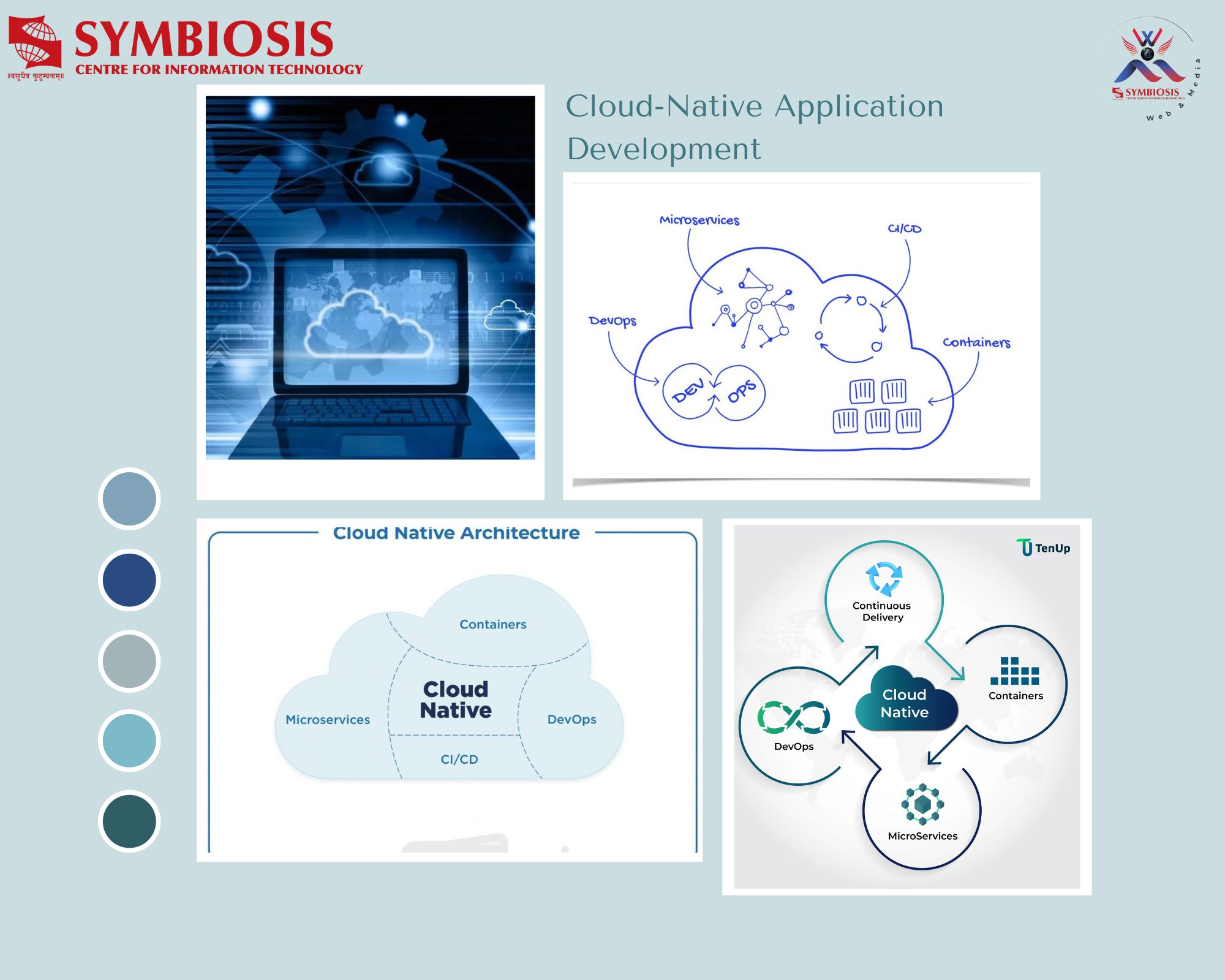Facts about Data Science and Data Analytics

With an increased shift in the world of data science and data analytics, the industry is expected to grow seven times in the coming years. About 2 quintillions of data are created each day. Such an excessive amount of data relates to all things like behavior, interactions, and endless activities across businesses. Termed as Big Data, this field is often associated with internet-connected devices and client’s relationships with them. The Big Data software aids industries to analyze heaps of data and turn them into actionable insights.
According to a report by TechJury, the Big Data industry is set to reach $103 billion by the end of 2023, and by 2020 every person will be generating about 1.7 megabytes of data in just a second. With such enormous growth in the industry, it is vital to know some of the most important facts about this domain to get a concise understanding of future trends. We have curated some of the critical facts about data science and data analytics to help you make aware decisions about your career in the same-
Measuring Data–
With the tremendous advancement of technology over the past few years, the amount of information being created has also grown exponentially. While measuring the amount of data may not be an exact science today, the numbers related to Big Data have found various predictions and assessments. As per the IDC’s study – “The Digital Universe in 2020”, there will be around 40 trillion gigabytes of data by next year. Having said that, not every bit of data goes into the big data ecosystem.
Sources of Big Data–
An all-inclusive term, Big Data is used to describe the enormous amount of data generated by organizations. The three primary sources of big data are- social data, machine data, and transactional data. Social data comes mainly from social media sites such as Facebook, Twitter, and from the engagement activities like likes, shares, and comments. As per a report from Domo, Twitter is one of the biggest users of AI and Big Data. Machine data is mainly defined as the data generated by industrial equipment and sensors that are installed in machinery. This type of data is estimated to grow further as IoT expands around the world. Transactional data is generated by both online and offline daily transactions such as invoices, payment orders, etc.
Analyzing Big Data–
A recent study carried out by Forrester Research revealed that most of the organizations only analyze about 12% of the total data they have on hand. The primary cause of companies not being able to analyze data is the lack of capable analytics tools and professionals in the field. The other challenge is to determine whether the information is valuable or not. These factors result in a massive loss of data-driven insights hidden in the unexplored section.
Internet of Things–
The Internet of Things is one of the frontrunners in today’s technological world. It has changed the landscape of nearly every industry across the globe and is making network technology possible in places where it was assumed unavailable or impractical. It is estimated that by 2020, more than 50 billion smart devices in the world will relate to each other by analyzing and sharing data in real-time. According to Gartner, there will be over 14 billion connected gadgets by the end of 2019, and over 25 billion by the end of 2021.
Investments by organizations– According to Wikibon, the Worldwide Big Data market revenues for software and services are estimated to increase from $42 billion in 2018 to $103 billion in 2027. Also, as per an Accenture study, 79% of enterprise executives agree that companies that do not welcome Big Data might lose their competitive positions while a PwC report suggests that companies may profit through the use of AI. Hence, to meet the ever-growing demands of data, companies have started investing hugely in this field in order to obtain valid and profitable results.
While the data industry might be witnessing enormous growth, one of the biggest problems is the lack of professionals with expert analytical skills. As per a report by RJMetric, in 2015, there were only about 11,400 and 19,400 data scientists worldwide. While in 2018, McKinsey predicted that there should be approximately 2.8 million people with analytical abilities. This gap between demand in data science and talent for the same will result in an increased number of jobs, and the employment statistics are expected to reach about 2.7 million by 2020. Since an MBA in Data Sciences and Data Analytics nurtures students with both analytical and managerial skills, this course may be one of the most profitable career options for candidates who wish to pursue a career in this field.















